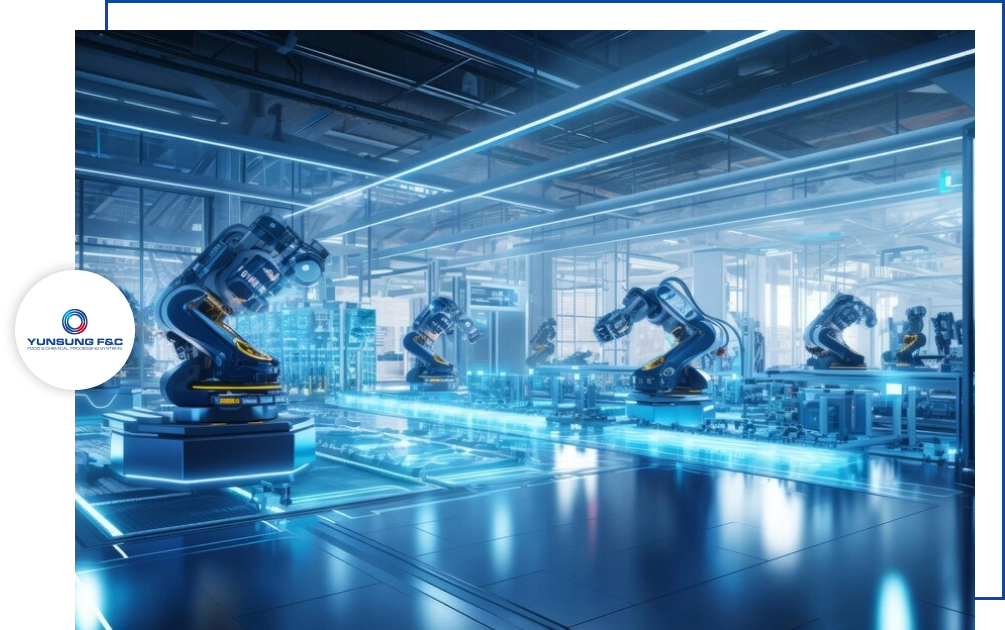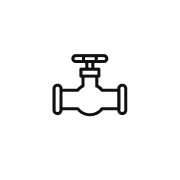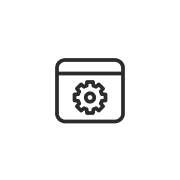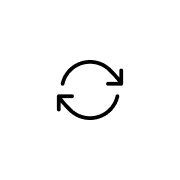PHS(Powder Handling system)
What is PHS (Powder Handling System)?
The Powder Handling System (PHS) is an essential powder supply device for mixing operations that transports powder materials quickly and accurately without compromising precision. As the secondary battery industry transitions to mass production, all equipment has been developed to meet the needs of this production system. The PHS was designed to transport larger quantities of material in a shorter time compared to conventional systems.
Previously, powdered materials were quantitatively transferred in small volumes by controlling the vacuum within a hopper and transfer piping. However, this method had the drawback of being unable to transfer large volumes of powder quickly. With the PHS, it has become possible to transfer large quantities of powder rapidly. This system was developed using proprietary technology to design a powder transfer and metering system based on spatial design techniques, enhancing the efficiency of building layouts and on-site equipment placement.
Previously, powdered materials were quantitatively transferred in small volumes by controlling the vacuum within a hopper and transfer piping. However, this method had the drawback of being unable to transfer large volumes of powder quickly. With the PHS, it has become possible to transfer large quantities of powder rapidly. This system was developed using proprietary technology to design a powder transfer and metering system based on spatial design techniques, enhancing the efficiency of building layouts and on-site equipment placement.


Secondary Battery Manufacturing Process
Generally, secondary batteries undergo various manufacturing stages, including electrode processes, assembly processes, activation processes, and pack processes, totaling four main stages. Among these, the electrode process is the key stage for creating the positive and negative electrodes. The first stage of the electrode process is the mixing process (Mixing). As the name suggests, the mixing process involves measuring and blending various raw materials necessary for producing the positive and negative electrodes. The mixing process is further divided into the following steps


Powder Supply
Binder, conductive materials, and active materials are supplied to each weighing hopper.

Pre-Mixing
The mixing process is carried out through step-by-step mixers and dispersion solvents.

Main Mixing
Through the blending of each material, the slurry is formed.

Slurry Storage and Transfer
The produced slurry is stored in a storage tank and then transferred for use in the subsequent coating process.
The mixing process involves using the PHS (Powder Handling System), a powder transfer and metering system developed with proprietary technology, to mix binders, conductive materials, and solvents. Specialized mixers then convert the mixture into a slurry form. The mixing process is broadly divided into two main steps
① Using a binder mixer, the binder powder is dissolved in a solvent to produce a binder solution.
② The prepared binder solution, conductive material powder, and active material powder are quantitatively measured and added to the main mixer, where they are mixed to produce the slurry.
② The prepared binder solution, conductive material powder, and active material powder are quantitatively measured and added to the main mixer, where they are mixed to produce the slurry.
In the mixing process, precise blending of various mixed materials, uniform slurry composition, and impurity management are crucial. The focus of mixing equipment technology development is on increasing the mixing capacity per hour. At the powder supply stage, the PHS (Powder Handling System) plays a special role.

Operating Principle of PHS (Powder Handling System)
The PHS (Powder Handling System) operates based on the following principles

PHS Transfer
Approximately 90% of the set amount of powder is transferred under vacuum conditions, followed by a small-volume transfer through a valve to achieve accurate quantification.

Device Delivery Transfer
After quantitative metering, the out valve is opened to release the vacuum, and the powder is transferred from the PHS hopper to the discharge hopper.

Storage and Metering
The powder is stored in a storage unit and then accurately measured through the metering system.

Mixing
The metered powder is moved to the mixing system and blended in uniform proportions.
Advantages of PHS (Powder Handling System)
The PHS (Powder Handling System) offers several advantages:
By enabling fast and accurate powder transfer, the PHS improves productivity.
Vacuum transfer maintains precise quantification.
Capable of transferring large amounts in a short time. For example, for positive electrode materials, it can handle 1000 kg in 4.5 hours or 200 kg per minute, and for negative electrode materials, 1000 kg in 4.5 hours or 100 kg per minute.
Vacuum transfer significantly minimizes the occurrence of foreign materials.
Internal pressure is measured to detect filter blockages, allowing for preemptive identification of abnormal pressures.
Used for transferring both positive and negative electrode active materials.
PHS technology continuously improves efficiency and safety. For instance, in the dry electrode process, no solvents are used, making it environmentally friendly while simultaneously enhancing production efficiency. This process allows for the formation of high-loading dry electrodes more easily compared to wet processes by eliminating the drying stage.
The PHS (Powder Handling System) serves as the main equipment for quantitatively mixing and transferring set amounts of powder during the mixing process of secondary battery electrode production. It ensures that no foreign materials are introduced during stirring, which is a core technology. With further technological advancements, the establishment of a more advanced PHS system is anticipated.
The PHS (Powder Handling System) serves as the main equipment for quantitatively mixing and transferring set amounts of powder during the mixing process of secondary battery electrode production. It ensures that no foreign materials are introduced during stirring, which is a core technology. With further technological advancements, the establishment of a more advanced PHS system is anticipated.


